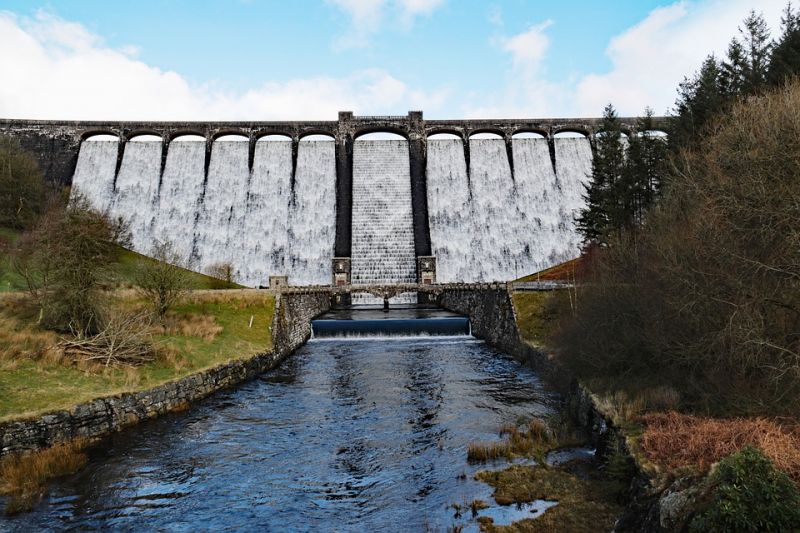Global Hotspots for Potential Water Conflict
Published on by Water Network Research, Official research team of The Water Network in Government
More than 1,400 new dams or water diversion projects are planned or already under construction and many of them are on rivers flowing through multiple nations, fueling the potential for increased water conflict between some countries.
A new analysis commissioned by the United Nations uses a comprehensive combination of social, economic, political and environmental factors to identify areas around the world most at-risk for "hydro-political" strife. This river basins study was part of the U.N.'s Transboundary Waters Assessment Program.
Researchers from the United States, Spain and Chile took part in the analysis, which has been recommended by the U.N. Economic Commission for Europe as an indicator for the U.N.'s sustainable development goals for water cooperation.
Results of the study have just been published in the journal Global Environment Change .

The analysis suggests that risks for conflict are projected to increase over the next 15 to 30 years in four hotspot regions -- the Middle East, central Asia, the Ganges-Brahmaputra-Meghna basin, and the Orange and Limpopo basins in southern Africa.
Additionally, the Nile River in Africa, much of southern Asia, the Balkans in southeastern Europe, and upper South America are all areas where new dams are under construction and neighboring countries face increasing water demand, may lack workable treaties, or worse, haven't even discussed the issue.
"If two countries have agreed on water flow and distribution when there's a dam upstream, there usually is no conflict," said Eric Sproles, an Oregon State University hydrologist and a co-author on the study. "Such is the case with the Columbia River basin between the United States and Canada, whose treaty is recognized as one of the most resilient and advanced agreements in the world.
"Unfortunately, that isn't the case with many other river systems, where a variety of factors come into play, including strong nationalism, political contentiousness, and drought or shifting climate conditions."
The conflict over water isn't restricted to human consumption, the researchers say. There is a global threat to biodiversity in many of the world's river systems, and the risk of species extinction is moderate to very high in 70 percent of the area of transboundary river basins.
In addition to environmental variability and lack of treaties, other factors leading to conflict include political and economic instability, and armed conflict, the analysis shows.
Source: Science Daily
Journal Reference:
L. De Stefano, Jacob D. Petersen-Perlman, Eric A. Sproles, Jim Eynard, Aaron T. Wolf. Assessment of transboundary river basins for potential hydro-political tensions . Global Environmental Change , 2017; 45: 35 DOI
Media
Taxonomy
- Policy
- Governance
- Water Cooperation & Conflict
- Governance Practises
- Governance & Policy
- Dams
- Water Resource Management
- Water Resources Management
- Governance & Planning
- Water Governance
- Institutional Development & Water Governance
- Water Policy
1 Comment
-
The construction of new dams leads to further destruction of natural areas from the remaining 30%.Evaporation from the surface of artificial reservoirs - reduce the natural water cycle.We ourselves bring disaster to the whole planet.Think, people !!!